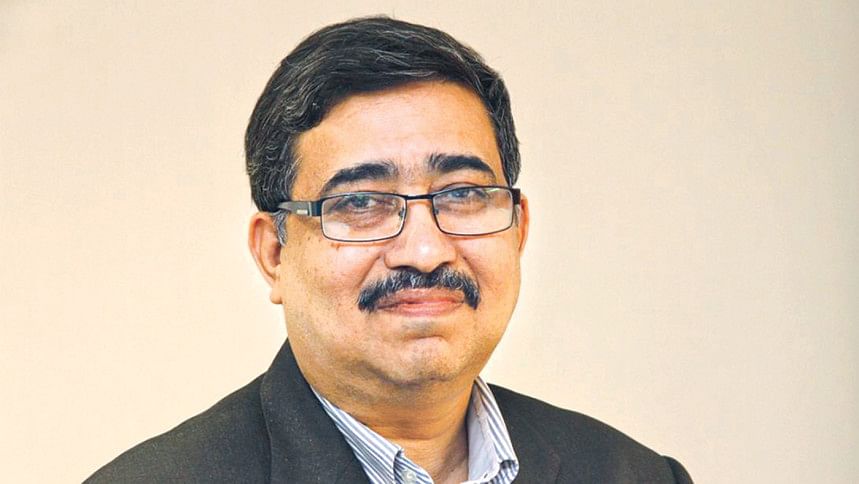Thanks to the treasury managers in banks

I perused the 2024 audited financials of Citibank, N.A., Bank Alfalah, Habib Bank, and Commercial Bank of Ceylon in the newspapers last week. The good news is that all of them made higher profits than in 2023. Interestingly, most of the increased profit came from high-return government securities rather than loan interest.
How much of a bank's deposits should be held in term form to avoid rate volatility? What percentage of its loans should be project finance? Should a bank hold most of its deposits in fixed terms? What may happen if it is the other way around, i.e., in current accounts? Should a bank keep a large amount in liquid form or in treasury bonds? All these decisions come from its treasury department. The treasury department literally does business with interest rate and exchange rate fluctuations. On a lighter note, if there is no market volatility, treasury dealers find their work too boring, with limited ways to make money.
We have seen banks paying dearly for funding long-term assets by borrowing short-term or over-relying on call borrowing or short-term deposits to support their medium- or long-term loan book. Even today, we cannot claim that all banks in Bangladesh have the right focus on balance sheet management.
Most of their time and resources are dedicated to loan management or term deposit mobilisation. Some banks are often criticised for their excessive dependence on call money or long-term project finance. In contrast, most global and well-performing banks place a lot of focus on recruiting skilled professionals in their treasury departments for better liquidity and funds management.
A bank's activities involve various types of risks, including reputation risk, financial crime risk, operational risk, fraud risk, people risk and credit risk. One significant risk commonly blamed for a bank's financial troubles is loan-related losses.
My experience as a treasury manager and financial institution risk manager, spanning over a decade and a half in multiple large global and foreign banks, tells me that a bank's poor performance often results from the failure to manage its balance sheet and treasury properly. At times, better treasury management becomes the key determinant of a bank's profitability or loss.
The balance sheet of a commercial bank differs significantly from that of a typical company. A bank's balance sheet mainly consists of money — money that customers deposit and money that customers borrow as loans, i.e., liabilities and assets, respectively. In addition to loans, a bank also holds money in various forms of investments, some of which are maintained to meet regulatory requirements.
While these activities may seem simple, with the only risk being a borrower defaulting, the reality is far more complex. A bank typically manages thousands of crores or even lakh crores in total deposits from hundreds of thousands of customer accounts in multiple currencies, in addition to the domestic currency. Each deposit and loan item comes with different maturity tenors, adding to the complexity.
The Asian financial crisis in the late 1990s demonstrated that unpredictable exchange rate fluctuations lead to foreign exchange risks when banks hold assets or liabilities in foreign currencies. These uncertain movements impact a bank's earnings and capital.
As commercial banks deal with foreign currencies, they are constantly exposed to foreign exchange risk, arising from both trade and non-trade services. This risk increases when a bank holds any unhedged position—referred to as an open position—in a specific currency. Such risks are mitigated through various hedging tools.
Besides, banks are increasingly focusing on tenor mismatch, maturity ladder analysis and aligning deposit and loan maturities.
It is encouraging to see that many commercial banks in Bangladesh are beginning to recognise the importance of differentiating themselves through better treasury management. Developing a strong treasury department with well-trained dealers will soon become a critical success factor for banks.
The author is the chairman at Financial excellence Ltd.

 For all latest news, follow The Daily Star's Google News channel.
For all latest news, follow The Daily Star's Google News channel. 



Comments